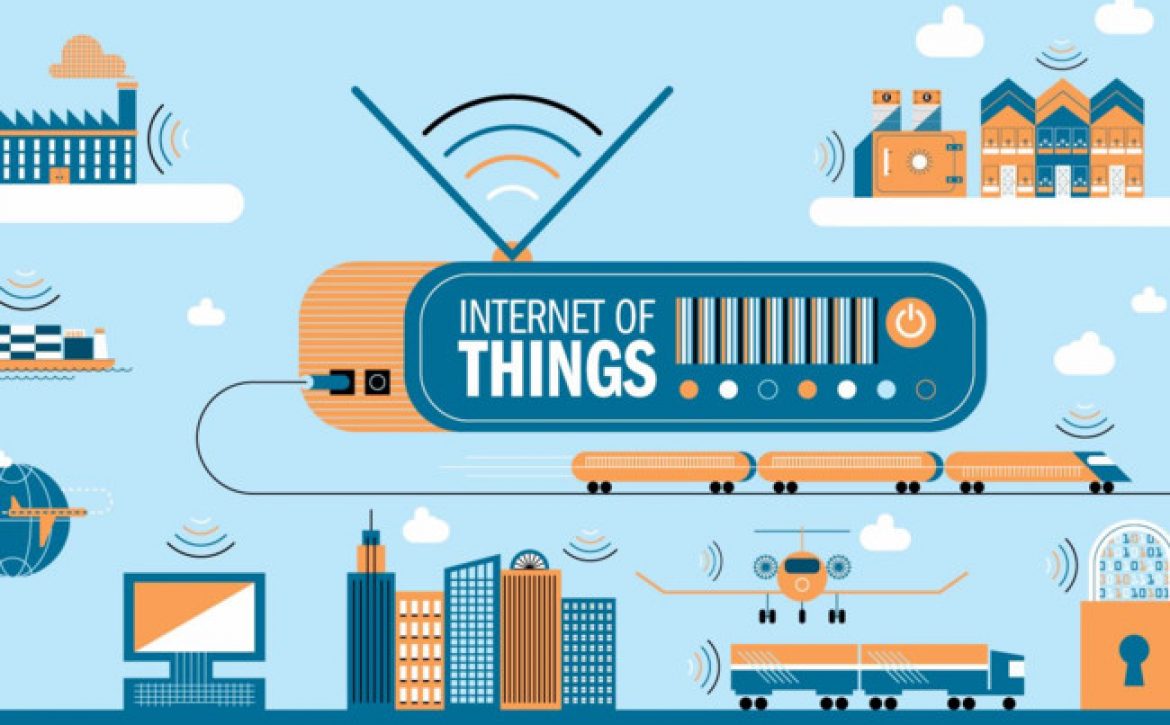Innovative Virtual Reality Applications In Marketing
Marketing Applications Of Virtual Reality
Virtual Reality holds tremendous promise across the business landscape. Irrespective of the industry vertical, it will be hard to not think VR as a significant tech disruptor in todays’ times. It is no wonder then that the immersive virtual reality device market is expected to grow to $407.51 million by 2018.
For business this opens up tremendous avenues to improve their service quality. VR is increasingly seen as a tool to elevate customer experience. But did you know that it can be put to innovative uses within the marketing function too? Want to know how, then read on
Tracking the application of Virtual Reality
Virtual Reality has been used by quite a few reputed brands and is fast emerging as an integral part of their marketing initiatives. Here are some of the notable uses:
- Developing innovative dimensions for successful interactions with audience
- Illustrating and presenting a product with all its remarkable features
- Expressing the motto or objectives of a brand
- Engaging consumers in the entire branding process
- Creating standalone product displays that attract your target consumers
- Demonstrating how an item or product can become an inseparable part of your lifestyle
These are some of the innovative ways brand marketers are leveraging VR. It has become a crucial tool for advertising which gives the right impetus for growth and development.
The applications of Virtual Reality
When you opt for a service or purchase a product, what is the first thing that comes to your mind? Almost every consumer or buyer think about the utility of that item and its use in his life. VR taps into this particular area thus unlocking new avenues for targeted marketing. Check out these inspiring examples:
1 – Test Drives
Car and automobile brands will have to consider consumer choices and experiences. VR can help them and how! Volvo sets the most prominent example for their XC90 SUV model. The company offered a VR test-drive to prospective buyers and let them get a feel, of the actual experience.
2 – Happy VR
The VR technology is making way for itself and working through various industrial sectors. McDonald’s happens to the best instance in this context. The food chain brand has introduced their new ‘Happy Meal Box’ which is also a ‘Google Cardboard VR Headset.’ When children finish eating their lunch, they can engage in exciting sessions of a skiing game known as ‘Slope Stars.’ That’s one of the best ways of promoting the brand.
3 – Get there
Travel operators and hospitality partners should take a cue from Marriot Hotels. The company planned beyond the traditional hotel views and leveraged the VR technology to offer the taste of the real travel experience. You will get a comprehensive picture of how your tour’s going to be, without even showing up at the place!
Signing off
VR is making a great name for itself, as far as brand marketing is concerned. Which practical application of VR has caught your attention of late? Do write to us and let us know.






























